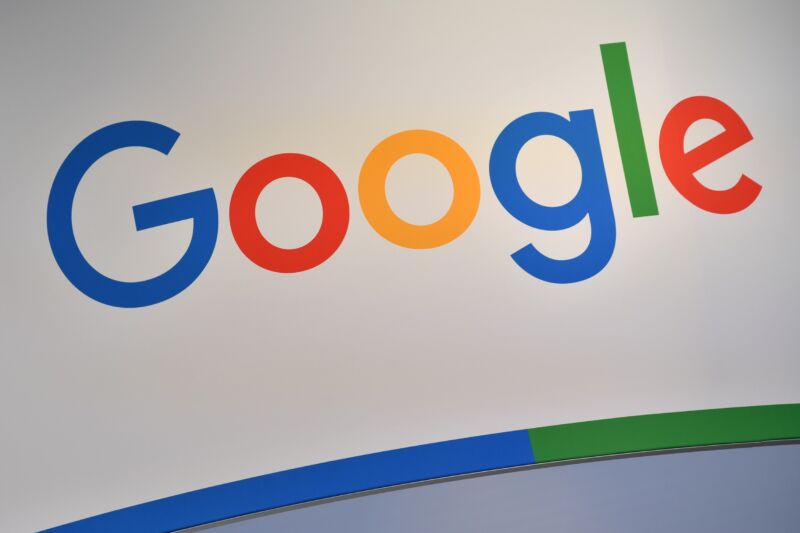Google’s recent announcement that “a few hundred” jobs will be lost as part of its worldwide advertising team is indicative of the company’s strategic shift toward using artificial intelligence (AI) to boost productivity and innovation. The “big customer” sales team is the objective of the deliberate downsizing, which aims to better support small and medium-sized companies using Google’s platform for advertising. This action is in line with Google’s larger plan to use AI to optimize processes and improve the efficacy of its advertising services.
Google is demonstrating its commitment to serving the advertising needs of a wide range of businesses by growing its small company ad teams at the same time that job losses are taking place in specific areas. Interestingly, generative AI, a technology that is upending several industries, including advertising, is not specifically mentioned in the release. The independent creation of creative content by machines, known as generative AI, has the potential to revolutionize the idea and production of advertisements.
It is critical to place these advancements in the perspective of Google’s larger AI agenda. Although the job layoff statement made no mention of generative AI specifically, Google has been making significant investments in this game-changing technology. Google’s cloud computing division just unveiled new artificial intelligence (AI) technologies last week that are intended to help merchants improve in-store technology and customize online shopping experiences. This suggests that Google is adopting AI in a multimodal manner, using generative AI to enhance other facets of retail and e-commerce services in addition to advertising.
It is noteworthy that, around a year ago, Google experienced large layoffs that affected over 12,000 people. However, Google’s dedication to being at the forefront of technological innovation while deliberately reorganizing its workforce to line with changing industry trends is underscored by the recent emphasis on generative AI and the ongoing investment in AI tools for different applications.

I am a dedicated student currently in my seventh semester, pursuing a degree in International Relations. Alongside my academic pursuits, I am actively engaged in the professional field as a content writer at the Rangeinn website.







